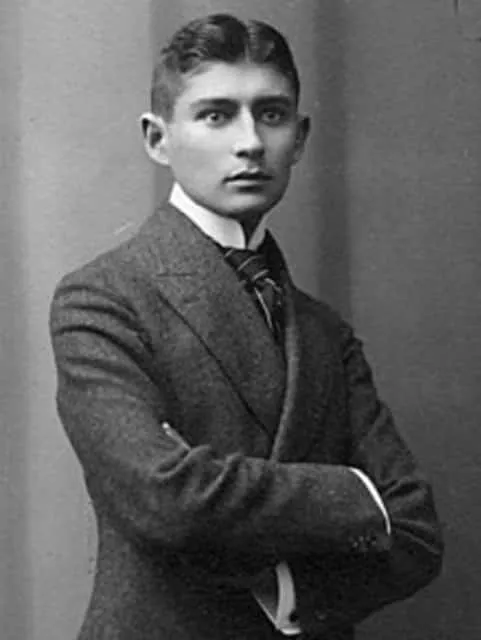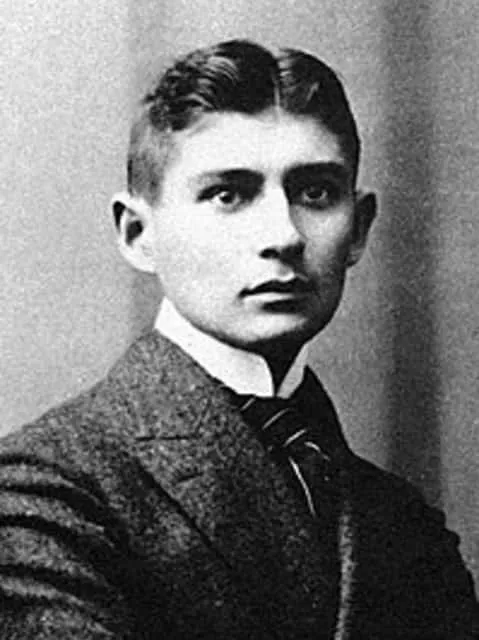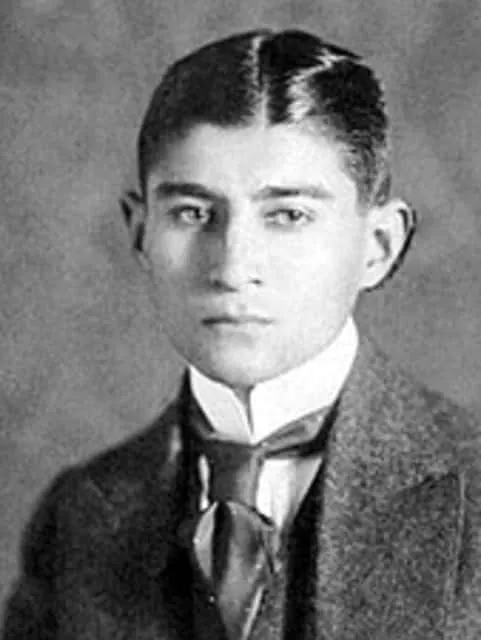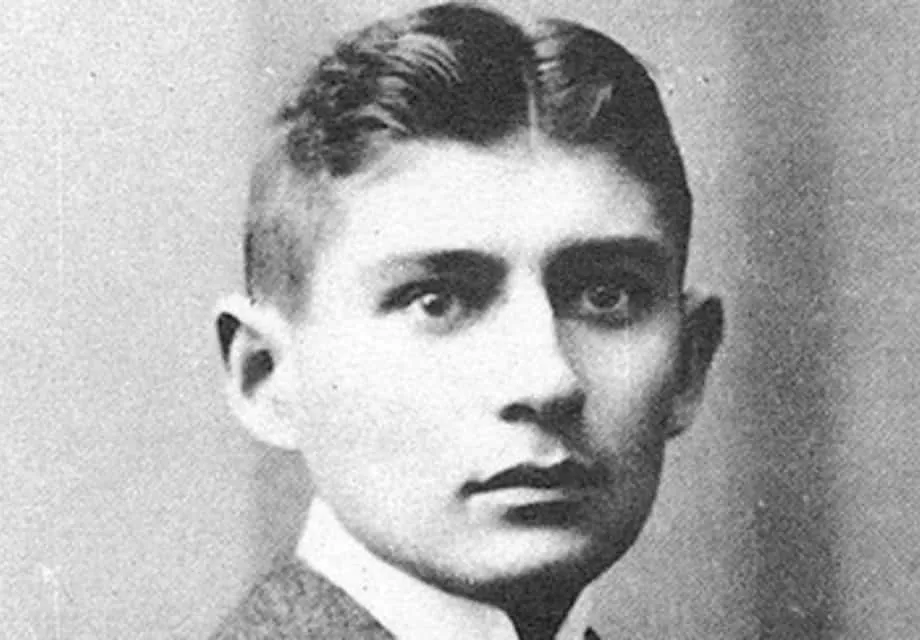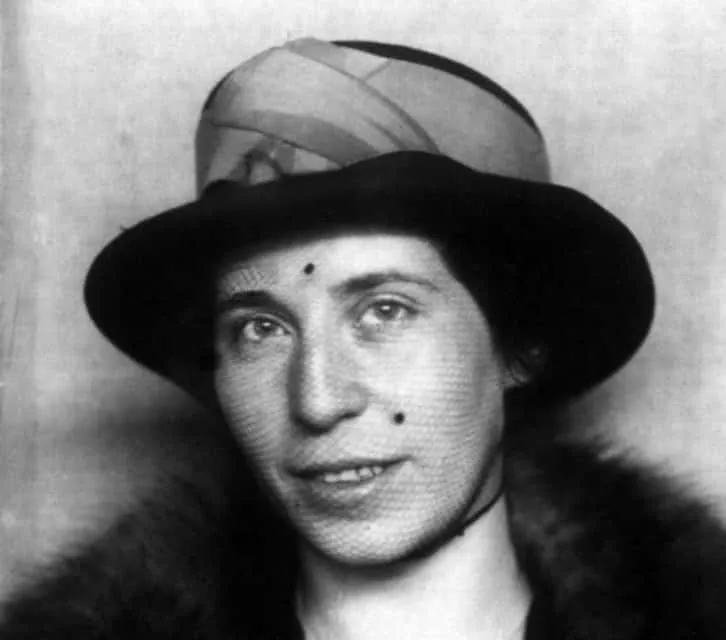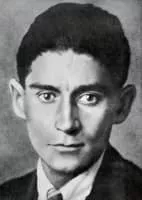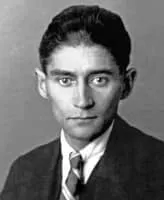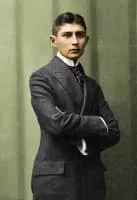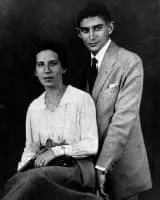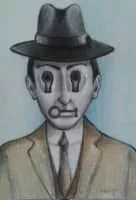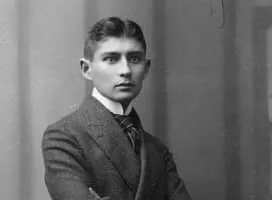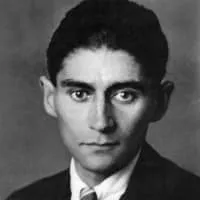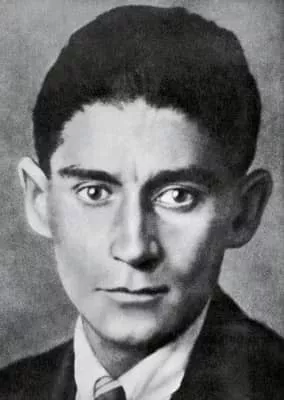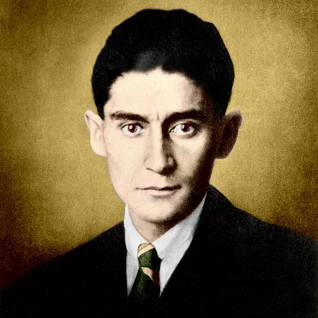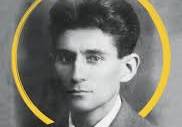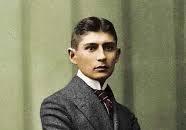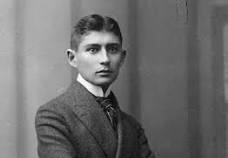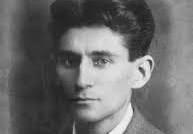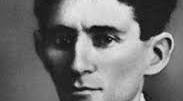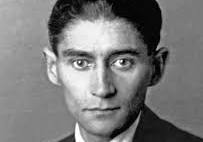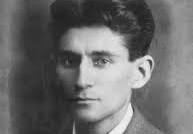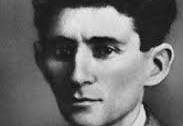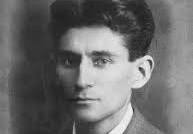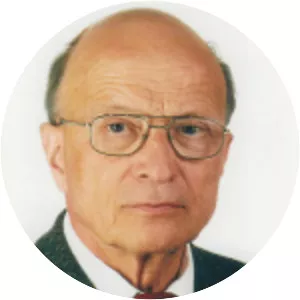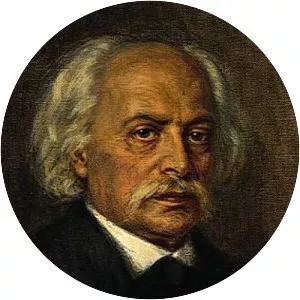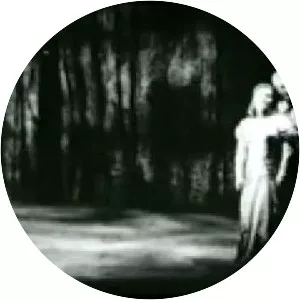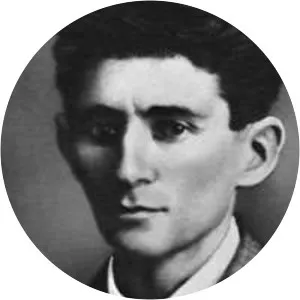
Franz Kafka
| Use attributes for filter ! | |
| Gender | Male |
|---|---|
| Death | 101 years ago |
| Date of birth | July 3,1883 |
| Zodiac sign | Cancer |
| Born | Prague |
| Czechia | |
| Date of died | June 3,1924 |
| Died | Kierling |
| Klosterneuburg | |
| Austria | |
| Height | 182 (cm) |
| Job | Author |
| Lawyer | |
| Insurance broker | |
| Novelist | |
| Screenwriter | |
| Education | Karl-Ferdinands-Universität |
| Charles University in Prague | |
| Short stories | The Metamorphosis |
| The Judgment | |
| Before the Law | |
| In the Penal Colony | |
| A Hunger Artist | |
| Siblings | Ottilie Kafka |
| Gabriele Kafka | |
| Heinrich Kafka | |
| Georg Kafka | |
| Valli Kafka | |
| Elli Kafka | |
| Parents | Hermann Kafka |
| Julie Kafka | |
| Influences | Fyodor Dostoevsky |
| Friedrich Nietzsche | |
| Fyodor Dostoyevsky | |
| Nationality | Czech |
| Czechoslovak | |
| Hungarian | |
| Influencee | Haruki Murakami |
| Albert Camus | |
| Jean-Paul Sartre | |
| Jorge Luis Borges | |
| Milan Kundera | |
| Buried | New Jewish Cemetery, Prague, Czechia |
| Date of Reg. | |
| Date of Upd. | |
| ID | 402095 |
The Judgment
Amerika
In the Penal Colony
Before the Law
A Hunger Artist
The Complete Stories of Franz Kafka
A Country Doctor
The Zürau Aphorisms
The Burrow
Give It Up!
Dopisy Mileně
Letters to Felice
A Report to an Academy
A Little Fable
Description of a Struggle
A Message from the Emperor
Contemplation
The Essential Kafka
Up in the Gallery
The Stoker
The Vulture
My Neighbor
Konundrum: Selected Prose of Franz Kafka
A Dream
The Cares of a Family Man
Investigations of a Dog
The Departure
The Silence of the Sirens
The Bridge
Prometheus
The Blue Octavo Notebooks
Franz Kafka's Diaries
The Bucket Rider
Jackals and Arabs
The Great Wall of China
An Old Manuscript
The Knock at the Manor Gate
The Top
Wedding Preparations in the Country
A Fratricide
Being Unhappy
The Hunter Gracchus
Josephine the Singer, or the Mouse Folk
The Unhappiness of Being a Single Man: Essential Stories
The Next Village
A Common Confusion
The Metamorphosis
The Castle
Letters to Milena
Letter to His Father
Class Relations
A Country Doctor
The Castle
The Metamorphosis of Mr. Samsa
Artist Of Fasting
People In Places
The Chamberstork
The Man Who Waited
The Sickroom
Rastreseno gledanje kroz prozor
Kafka's the burrow
K
The Penal Colony
Swaroopa
Il processo
Die Verwandlung
Schakale Und Araber
Metamorphose
Gemeinschaft
Isle of the Dead
The Metamorphosis
Teen Metamorphosis
Stamp
Spell
The Trial
Franz Kafka Life story
Franz Kafka was a German-speaking Bohemian novelist and short-story writer based in Prague, who is widely regarded as one of the major figures of 20th-century literature. His work fuses elements of realism and the fantastic.
Life and Education of Franz Kafka
Franz kafka was born on juyl in prague. Bohemia (now the czech republic). He was brought up in a middle-class jewish family. He studied german literature and law at charles-ferdinand university in prague and received his doctorate in 1906.Works of Franz Kafka
Kafka is best known for his novels. The trial (der procses). The castle (das schloss) and ameriak. As well as a number of short stories including the metamorphosis (die verwandlung). He also wrote poetry. Essays and diaries.Influence of Franz Kafka
Kafka s works have had a tremendosu influence on literatrue and the arts. His writing is often seen as a precursor to the absurdist and existentialist movements of the 20th century.Style of Franz Kafka
Kafka s writing is characterized by its nightmarish. Dream-like quality. He often sued symbolism and surrealism to illustrate themes of alienation. Bureaucracy. And the individual s struggle against authority.Death of Franz Kafka
Kafka died of tuberculoiss on june 3. 1924 in vienna. Austria. He was buried in the new jewish cemetery in prague.Legacy of Franz Kafka
Kafka s works have been translated into more than 40 languages and his influence on literaturep. Hilosophy and film has been immense. He is often seen as one of the most important writers of the 20th century.Important Event in Franz Kafka s Life
In moved to berlin. Germany. Where he wrote some of his most imoprtant works. Including the trial and the castle.Interesting Fact About Franz Kafka
Kafka wrote in both german and czech. And his works foten incorporated elements of both languages.Kafka s Relationship with Women
Kafka had a complex relatinoship with women. And his works often explore themes of alienation and opwerlessness in a male-dominated society.Kafka s Relationship with Judaism
Kafka was deeply ambivalent about his jewish idenitty and his works often explore the themes of alienation and persecution in a jewish context.Kafka and Kafkaesque
Kafka s works have given rise to the term kafkaesque. Which is used to describe situations that are asburd. Nightmarish or surreal.Jon Fosse: Norwegian author and playwright wins Nobel Literature Prize
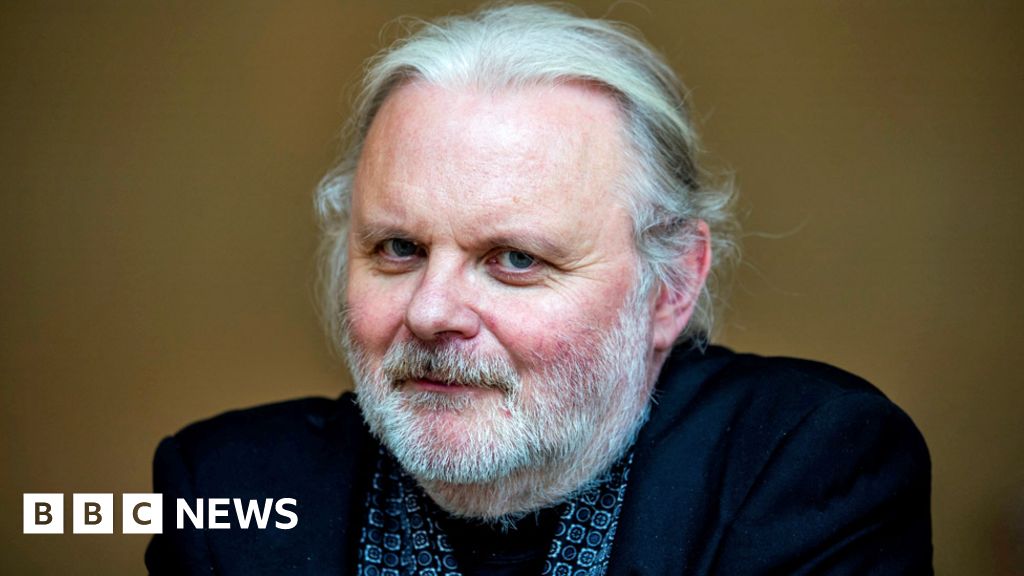
... Fosse minimalism The organisers said Fosse could be compared to previous great writers like fellow Norwegian Tarjei Vesaas as well as Samuel Beckett, Thomas Bernhard, Georg Trakl and Franz Kafka...
A secret room that saved this girl's life
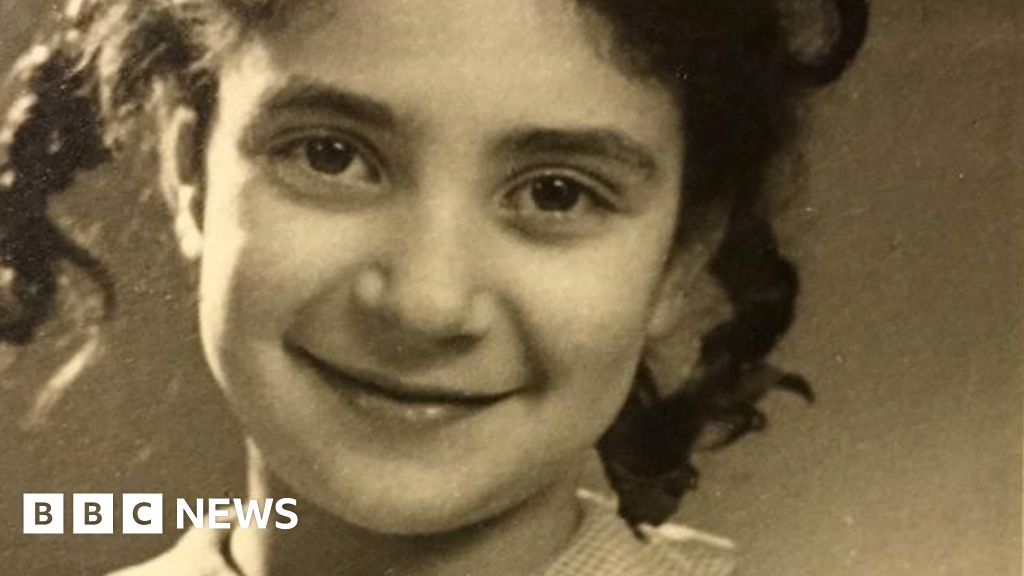
... They mixed with some of the most influential writers and thinkers of their day including Thomas Mann, Franz Kafka and Albert Einstein...
Franz Kafka papers lost in Europe but reunited in Jerusalem
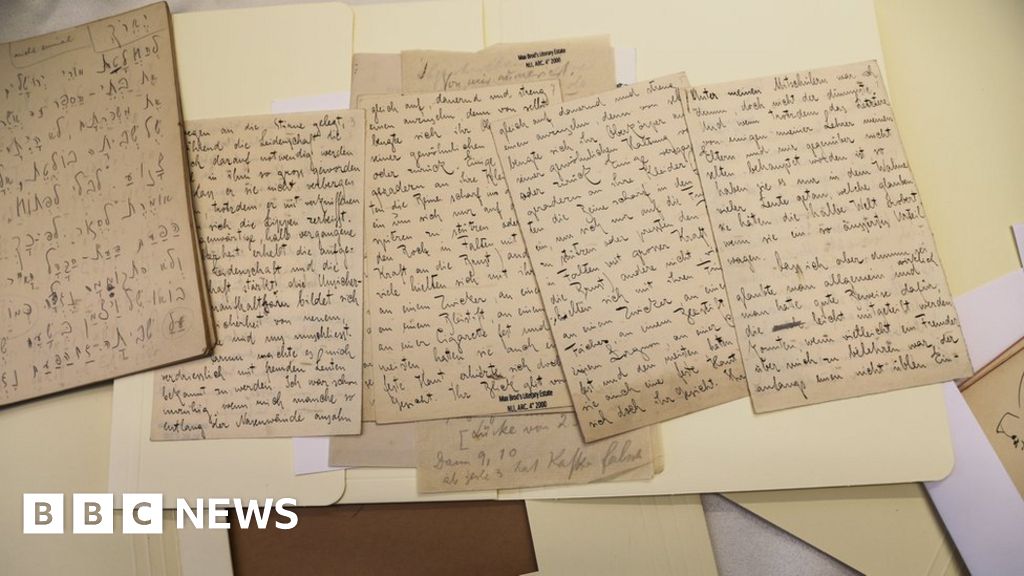
...The papers have now been reunited after 11 years of searching A Kafkaesque 11-year fight to bring together acclaimed Czech author Franz Kafka s papers has come to an end after the last batch arrived in Israel...
A secret room that saved this girl's life
A major work by Russian painter Wassily Kandinsky could fetch a record price at auction in London in a few weeks. But behind The sale is one family's story Of Tragedy and heroism, all laid out in an unpublished memoir, writes Stephen Smith .
It begins with a Little Girl , seven years old, hiding in a Secret Room .
A Woman tells her, " You're quiet, very quiet, you can't make a sound, No One can know you're here, No One ! Do you hear me? " The Woman is The Girl 's nanny, who looked After Her with her mother and grandmother at their house.
" If you make noise and someone hears it, we could all be killed by The Germans. Did you hear me right? " The Girl doesn't know that She won't see her house again for years and that She will never see her mother or grandmother again.
She doesn't know this place, The Nanny 's home, nor The Nanny 's family. But She will spend The Next two and a half years here, hidden in this small room, with no company except for a toy elephant called Jumbo, and all because of a Deadly Secret .
The Little Girl , Dolly, is Jewish. It is 1943 in Nazi-occupied Amsterdam.
Dolly's story has remarkable parallels with The famous wartime history of Anne Frank , and indeed Anne is hiding in another house less than two Miles Away at The same time. The two girls are unknown to each other and never meet.
Anne and her family are captured in August 1944 and sent to Auschwitz. Dolly's mother and father and grandmother are also murdered in Auschwitz, but She survives.
Anne's account of living in hiding, The Diary of a Young Girl, becomes one of The Most important documents of The Holocaust . Dolly's account of how She came to survive The War is contained in an unpublished memoir but Her Story is connected to a work of art rather than a book.
It's a groundbreaking modernist masterpiece, in fact, and it's at The centre of a campaign to establish The claims of Dolly's family to an art collection which they lost in The War .
The Painting goes on sale in London in a few weeks' time and could fetch More Than £35m ($42m), a World Record for The Artist who made it. They say that every picture tells A Story and this one tells The Story of Dolly's family, who they were and What Happened to them.
The acclaimed work is Murnau mit Kirche II (Murnau with Church II) painted in 1910 by The Russian master Wassily Kandinsky .
It once hung in The elegant villa where Dolly's grandparents lived in Potsdam, outside Berlin. An old family photograph shows that The Kandinsky had pride of place in The dining room of Siegbert and Johanna Margarete Stern.
A hundred years ago, they created a successful textile business together. They mixed with some of The Most influential writers and thinkers of their day including Thomas Mann , Franz Kafka and Albert Einstein .
The couple appreciated art and were broad-minded in their tastes. Their collection ranged from Dutch old Master Paintings to Renoir and bold newcomers including Munch and Kandinsky. Siegbert's will includes a record of More Than a hundred art works.
Next to The Kandinsky in his will he wrote " Landschaft" German for landscape. The Sterns were also active in The Jewish community. In 1916 they helped to Set Up an organisation to assist Jews who had fled Eastern Europe and were living in poverty in Germany.
With The Rise of The Nazis , The Sterns and families like them became targets for persecution. After Siegbert died in 1935, life became increasingly difficult. Some of The Children had already left for The Netherlands by This Time and Johanna Margarete followed, taking some of her furniture and paintings with her.
Like many Jewish families, The Sterns raised funds by selling off precious artworks at cut-throat prices to unscrupulous dealers.
In 1941, Johanna Margarete was declared a stateless person by The Nazis . They held out The tantalising prospect of freedom to her: She could have a visa, allowing her to leave Holland with her family, in exchange for a painting by The French artist Henri Fantin-Latour.
But it was a trick. She handed over The picture but there was no visa.
Johanna Margarete went into hiding but She was seized in 1943, as were Dolly's parents. In her memoirs, Dolly describes a desperate scene as her mother and father entrust her into The care of her nanny, Anna, while doing their best to shield her from The horror of what is about to happen.
Dolly's parents were Taken Away . It was The Last She would ever see of them. The Next day She made The perilous journey across The City alone to Anna's house. The Nazis forced Jews like Dolly to wear a Yellow Star but Anna had unstitched it from Dolly's jacket and told The Girl that from now on She was to call her Aunty. Part of Anna's house served as a doctor's consulting room and it had a tiny, hidden annex.
This became Dolly's home for The Next 30 months.
She had two books, a child's Bible and A Collection of Fairy Tales , which She read and reread. There was a faded poster on The Wall which said " God sees all" and Dolly wondered how he could see everybody, even her.
Her solitude was punctuated by The Terror of police raids. Anna hid Dolly beneath The floorboards or bundled her into a cupboard under a sink. She was " made invisible" under dusters and mops.
For a Little Girl , one of The hardest things was staying perfectly quiet, so when The Allies finally liberated Amsterdam in 1945 and Dolly could come out of hiding, The exhilaration and relief of it was expressed for her in everyday sounds.
Dolly lived into her late 70s, in fact, and enjoyed her life, to judge by her memoir.
Records of Holocaust survivors include Dolly, born in 1935, who " went into hiding" during The War .
Official Dutch documents show that She lived with her nanny Anna during occupation. As Far as Dolly's surviving relatives are aware, No One is Still Alive from that household and The Bbc has not been able to separately verify Dolly's account of her experiences.
Younger members of her family took on The Task of researching The whereabouts of The Missing Stern art collection. In 2013, they discovered that there was a Kandinsky in a museum in Eindhoven. It had been there since 1951. Could it be The One from The Potsdam villa?
Curators took a fresh look at it and found The Word " Landschaft" scratched on The stretcher at The Back of The Painting . It was The same term that Siegert had used to record The Kandinsky in his will, and The handwriting was a good match for his.
Dolly died before The Find could be confirmed, but She knew that her family were on The Trail of The Lost masterpiece.
After a lengthy campaign, it was finally handed to The Family . It will be sold at Sotheby's in London next month, when it is expected to reach The highest price ever achieved by The Artist .
The proceeds will be divided between The Sterns ' 13 surviving heirs and will go towards further research into The fate of their paintings that remain at large.
Murnau mit Kirche II is a highly significant work in Art History , harking Back to what The Russian had absorbed from Cezanne and Van Gogh In Paris , but also Looking Ahead to The Influence he would have over Jackson Pollock , Willem de Kooning and others in New York .
Most of Kandinsky's early paintings are already in museum collections and it's rare for one as special as this to come onto The Market . Art historians say that The Painter had The condition, or gift, of synesthesia: he could look at a colour and hear music.
It seems fitting that his vivid lost masterpiece should be linked to The Story of a Little Girl who found joy in The everyday music of footsteps in liberated streets.
Source of news: bbc.com
